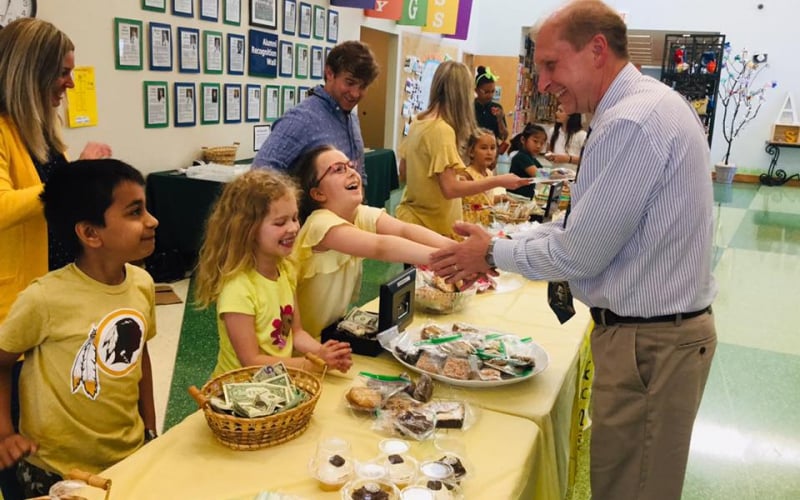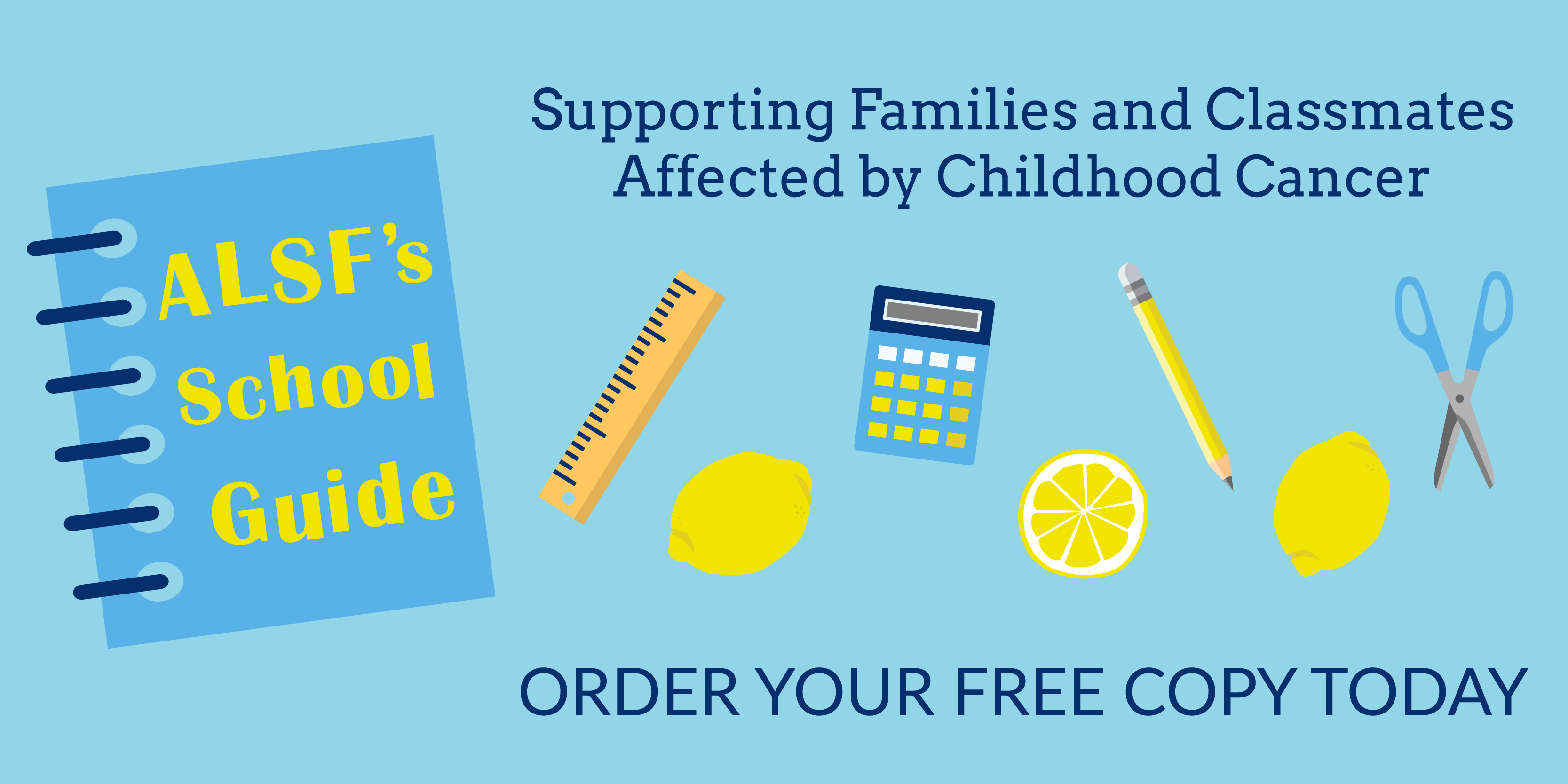
By: Trish Adkins
A childhood cancer diagnosis can be difficult for teachers, administrators and families to manage in a school setting. Not only does the diagnosis affect the child with cancer, but it reverberates through your school community, impacting siblings, classmates and school staff.
Despite the difficulties this presents, it is also an opportunity for the community to come together in support of the family and each other. There are several things you can do to support the affected student, keep them involved in classroom life, support siblings and create a supportive and encouraging classroom environment.
The first step is communication. The line of communication between families, teachers and classmates is central to creating the best experience possible. Here are some ways you can use communication to handle a childhood cancer diagnosis in your classroom:
1. Designate one staff member to be the primary contact person.
This person will receive and provide updates, coordinate sending materials and other items as needed. The student’s teacher, counselor, psychologist, nurse or principal can serve as the point of contact.
2. Work with the family to complete necessary paperwork.
This may include health and educational plans.
3. Assess whether or not the family wants to share the hero’s diagnosis with the school community.
Some families may be hesitant to share information. However, there are many benefits to raising awareness within the classroom to best support the family. Other families may be eager to share details with the school community. Establish a healthy balance between sharing information with the class and maintaining focus in the classroom. Also, check with your school to see if there is a protocol in place.
4. Share your ideas with the family for addressing the circumstances in the classroom.
Be respectful if the family chooses not to follow your suggestions.
5. If possible, talk through how schedules may impact the siblings of the child diagnosed.
Determine whether there are opportunities for the school community to mitigate that impact.
6. In collaboration with the family, develop an ongoing communication plan in order to:
- Remain updated on the hero’s treatment status.
- Include and accommodate the hero in the classroom as much as possible.
- Address issues or concerns regarding siblings.
7. With the family's permission, educate your classroom about childhood cancer.
Educating students about the hero’s diagnosis can foster a supportive and encouraging environment in the classroom. Though it can be intimidating to think about explaining cancer to children, it is essential for them to receive honest, age-appropriate information. Here are some tips on talking to your students about childhood cancer.
 To help educators and other school staff navigate childhood cancer, ALSF created The ALSF School Guide: Supporting Families and Classmates Affected by Childhood Cancer. The ALSF School Guide is available for free download to all teachers and related staff.
To help educators and other school staff navigate childhood cancer, ALSF created The ALSF School Guide: Supporting Families and Classmates Affected by Childhood Cancer. The ALSF School Guide is available for free download to all teachers and related staff.

